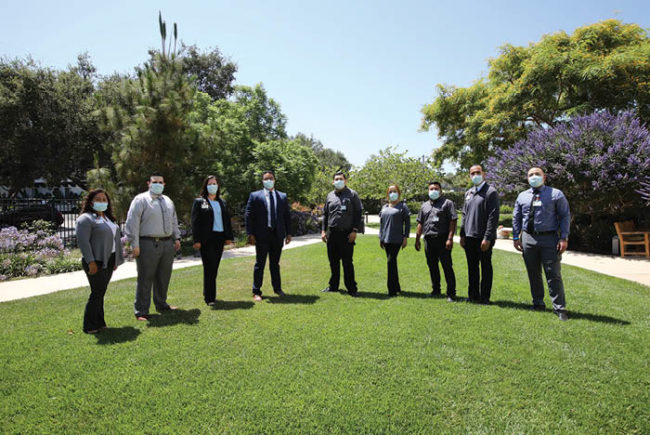Many health care facilities are faced with considering whether to outsource clinical support departments or hire internal staff. The savings, or promise of savings, that can come from integrating services can be both significant and attractive. But there are a number of issues that need to be evaluated before an organization decides to bundle or not.
The advent of bundling services certainly isn’t new. Communication providers have been doing this for years by bundling customers’ TV, Internet and home phone services. But often, the bundling can result in paying a little more simply for the convenience of having one bill vs. three.
A health care organization needs to ask itself whether it is getting the most from bundled services and whether those services are within the provider’s core competencies. Are the outsourced providers providing testimonies of success and performance? Or, are we simply signing contract deals for billing convenience?
If the latter is true, then the prudent thing to do is simply not to sign these contracts. If the proof of savings “is coming,” make sure there’s a deadline intact.
Another judicious thing to do is to clearly state the performance expectations in these bundled-service agreements through requests for information prior to sending out requests for proposals. Look for substantiated claims, not promises.
In many cases, bundling for certain services seems to work well. For example, environmental services, patient transport and linen all impact the patient turnover room-processing time. Can the bundled service provider give evidence that it has the bandwidth to handle your capacity? Ask the provider to not only prove that its process improvements have led to greater efficiencies and reduced costs, but that its technologies can be used or integrated with bed-management and other systems. Also, always ask for independent source data for verification on claims.
Health care organizations have to view their support service operations in context. Does the integration of different nonclinical support departments serve the ultimate goal of improving efficiencies and throughput and reducing costs, or are we simply doing this as a matter of convenience so we can focus on direct clinical operations and practices?
If bundling services is not for you, other issues need to be addressed, including assessing the market for recruiting entry-level staff, and your ability to retain and utilize existing internal staff. The next important step is to develop a viable succession plan.
Mitch Birchfield has served as an interim hospital support service manager, director and consultant at hospitals across the country. He is the owner of Birchfield Environmental Analytics.
Practice guidance available
Practice Guidance for Healthcare Environmental Cleaning, second edition, helps to define and advance the professionals responsible for care of the health care environment to ensure high-quality outcomes and healthy communities. This manual provides evidence-based research, guidance and recommended practices that should be considered for inclusion in health care environmental services departments. Because each facility has its own needs, this resource has been designed to enhance an existing program. For more information, visit www.ahe.org/ahe/learn/tools_and_resources/publications.shtml.
Certified Healthcare Environmental Services Technician Certificate
This certification focuses on critical areas of competency for front-line technicians, including infection prevention, quality of care, patient outcomes and experience. For more information, visit www.ahe.org/ahe/lead/CHEST/chest_home.shtml.
Correction
The January AHE Perspective column, "Cubicle curtains — the elephant in the room," was incorrectly attributed to Lloyd Duplechan. The author actually was Mitch Birchfield.





